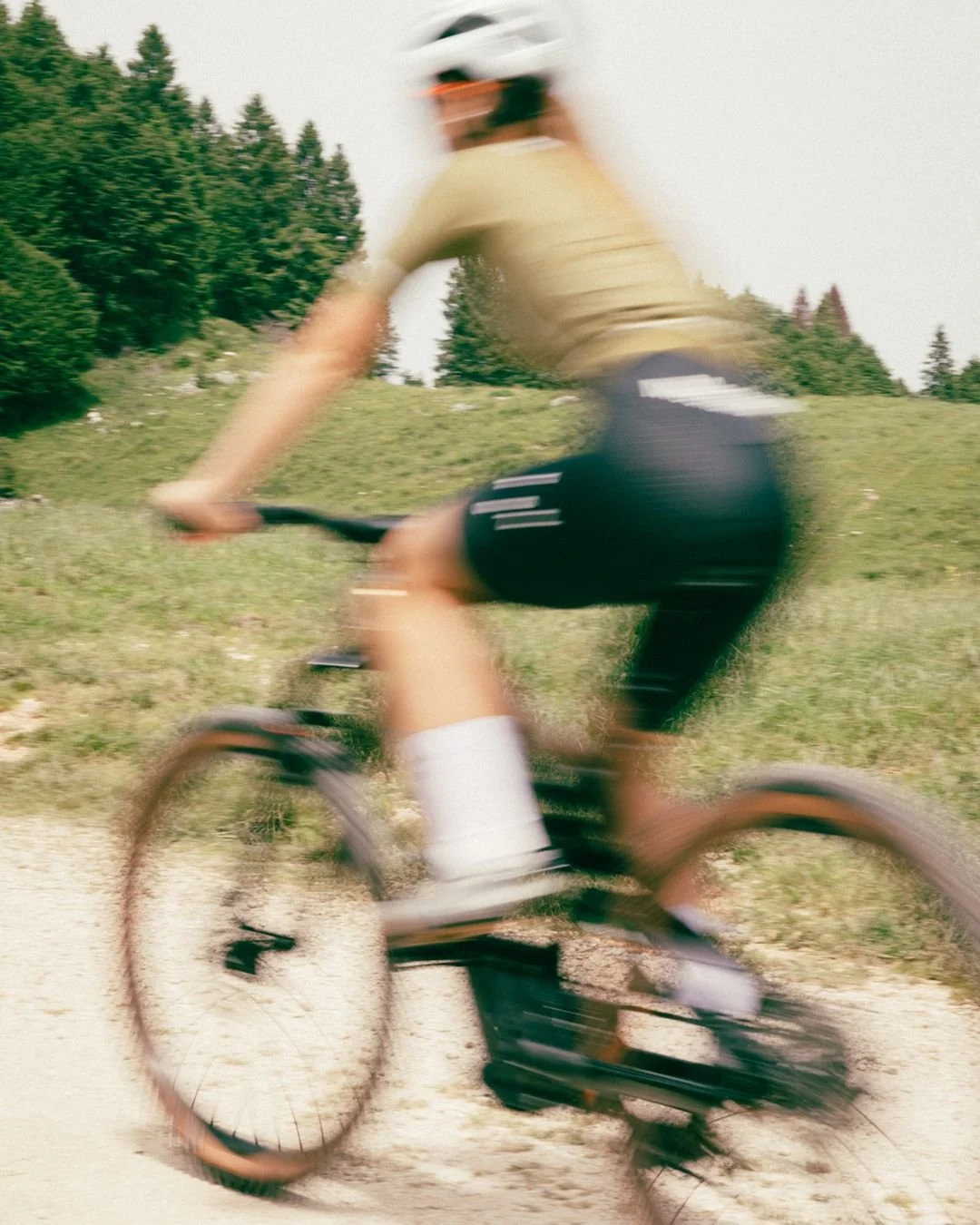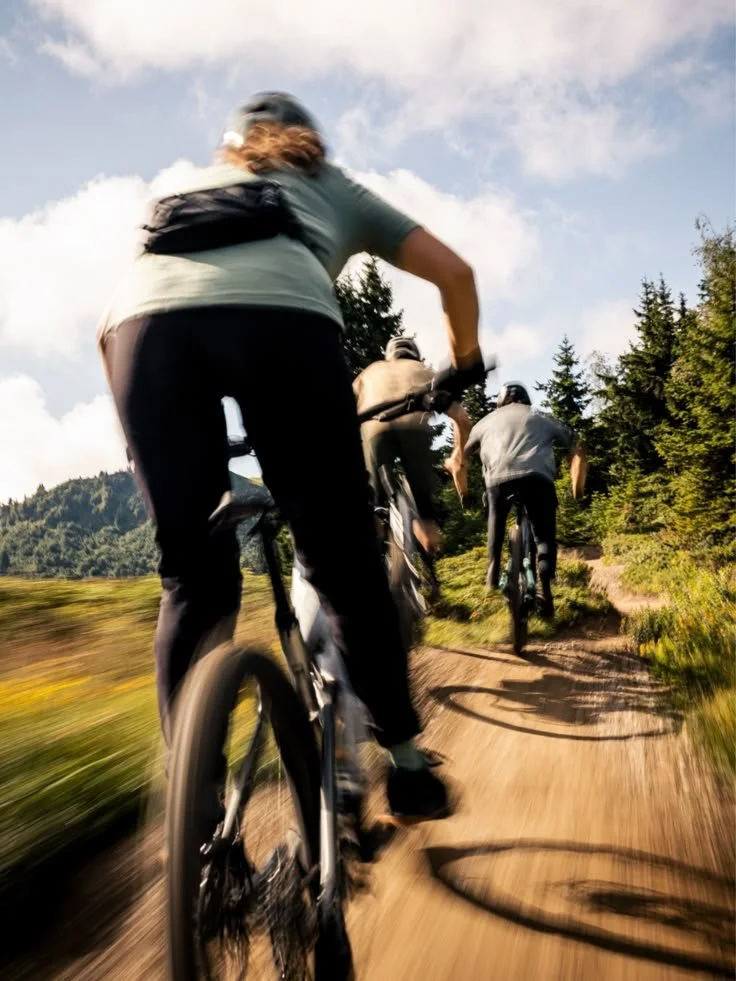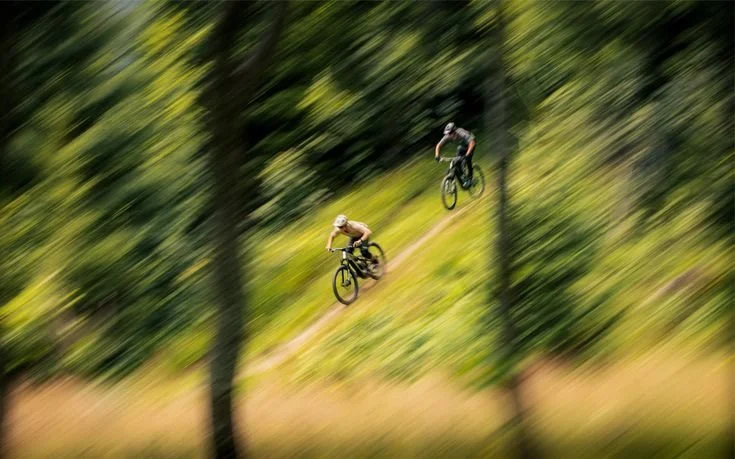
MOUNTAIN BIKING
TRAINING PLAN
Build the strength & technique to ride further, faster and take on more challenging mtb trails.
Build Strength & Endurance to Ride Further & Faster
How to Train for Mountain Biking with Strength & EnduranceSTART TRAINING
Why Would you Need a MTB Training Plan?
Mountain biking takes more than just spinning the pedals. You need the stamina to last on long days, the explosive power to push over sharp climbs, and the toughness to stay steady deep into the ride. Just as important are the skills, staying balanced through tight corners, handling speed on descents, and moving efficiently over technical terrain. A focused MTB training plan builds the strength, endurance, and control to ride harder, recover quicker, and stay confident on every trail:
- Build leg and core power for climbs and sprints
- Strengthen back, shoulders, and grip for bike control
- Enhance balance, agility, and reaction time on technical terrain
- Prevent common mountain biking injuries like knee strain, lower-back pain, and wrist/shoulder overuse
1_
Training Timeline & Structure
Simple structure to keep you on track.- Begin structured training 8–12 weeks before your mountain bike riding season or big event.
- Consistency matters more than volume.
3_
Simple structure to keep you on track.MTB Strength Training
Train 2–3x per week to help prevent injury by protecting and strengthening joints. Muscle and core strength will translate to better stability, grip strength and balance on the trails.
Focus on strength endurance and stability:
- Legs & glutes: squats, lunges, step-ups, deadlifts
- Core: planks, anti-rotation presses, stability ball rollouts
- Upper body: push-ups, pull-ups, rows, grip strength
5_
Simple structure to keep you on track.Recovery & Mobility
- Dedicate 1–2 days weekly to active recovery (yoga, mobility, foam rolling).
- Prioritize sleep and proper fueling for faster adaptations.
2_
Simple structure to keep you on track.4_
Cardio & Endurance
- Build a base with Zone 2 cardio (steady rides, trainer sessions, or road cycling). Aim for 45–90 minutes rides, at least 3x per week.
- Add 1 longer weekend ride to simulate trail demands. Increase riding mileage or elevation by ~10% weekly.
Simple structure to keep you on track.Power & Explosiveness
- Add interval sessions (short sprints, hill repeats, VO2 max intervals) 1–2x per week.
- Short sprints and interval sessions mimic bursts on trails, steep climbs and race efforts.

_SAMPLE TRAINING PLAN
How to Get Your Body Ready for the Demands of biking.
Sample Week
Prepare for the Trails with targeted MTB weekly workouts
Monday
Zone 2 cardio (45-90 min ride)Tuesday
Strength TrainingWednesday
Recovery + mobilityThursday
Power & explosiveness (hills)Saturday
Long MTB ride (distance + elevation)Friday
Light 30-minute rideSunday
Light Strength Training, RecoverySample Day (Elijah)
Strength (High-Rep Legs & Core)
Progress your training by steadily increasing ride distance, intensity, or technical difficulty each week. Break sessions into smaller blocks if needed, like 45 minutes of cardio in the morning and 1 hour of strength in the evening, to fit more in while giving your body time to recover.V-Ups 3×12Lunges (3×20 steps)Goblet Squats (3×15, moderate weight)Plank side rotation (3×30–45 sec each side)
_FREE TRAINING PLAN
Evergreen GO helps you build a solid fitness base, the foundation for riding longer, faster, and stronger on every trail
- Step-by-step training schedule tailored for MTB
- Guided strength, cardio, and recovery workouts
- Expert tips on load management, mobility, and injury preventionGET FREE PLAN
How to Prevent Injuries While Training for Backpacking
Backpacking is one of the most rewarding outdoor pursuits, but it also places stress on your joints, muscles, and connective tissue. Without preparation, hikers commonly experience knee pain, ankle sprains, shin splints, or lower-back strain.
The key to preventing injuries while training for backpacking is combining strength work, mobility drills, and progressive loading. Here’s how:
- Build leg and glute strength with squats, lunges, and step-ups to protect your knees on steep descents
- Train your core and lower back with planks, carries, and anti-rotation movements for stability under a heavy pack- Add ankle and hip mobility drills to improve balance on uneven terrain and reduce the risk of sprains
- Progress your pack weight and mileage gradually instead of jumping into long, heavy hikes too quickly
- Include at least one day per week of active recovery (mobility, foam rolling, light walking) to reduce overuse injuriesPreparing your body in advance ensures your hiking training plan builds strength without breaking you down, so you arrive at the trail feeling confident, not injured.
FAQ
-
The most effective backpacking training plan combines cardio, strength training, and progressive hikes with a loaded pack. Start 8–12 weeks before your trip so your body has time to adapt. A balanced plan should build endurance for long days, leg and core strength for climbs and descents, and stability for uneven terrain.
-
You don’t need a gym to train for hiking. Bodyweight movements like squats, lunges, and planks build strength, while resistance bands can target your glutes and hips. You can also use your backpack loaded with books or gear to simulate carrying weight on the trail.
-
Preventing knee pain starts with strengthening the glutes, hamstrings, and quads through step-ups, lunges, and hip thrusts. Add mobility drills for your hips and ankles to improve movement and reduce stress on your joints. Training smart helps protect against common issues like patellofemoral pain and IT band syndrome.
-
Yes — strength training is essential. Hiking builds stamina, but it won’t give you the power or resilience needed to carry heavy packs over long distances. Strength workouts improve endurance, reduce fatigue, and protect your body from injuries, making your backpacking trips more enjoyable and sustainable.
-
Start light, with 5–10% of your body weight, and gradually add more load each week. Aim to reach or slightly exceed your planned trail weight before your trip. This progressive approach helps your muscles, joints, and connective tissue adapt safely while building confidence for carrying your pack on the trail.









